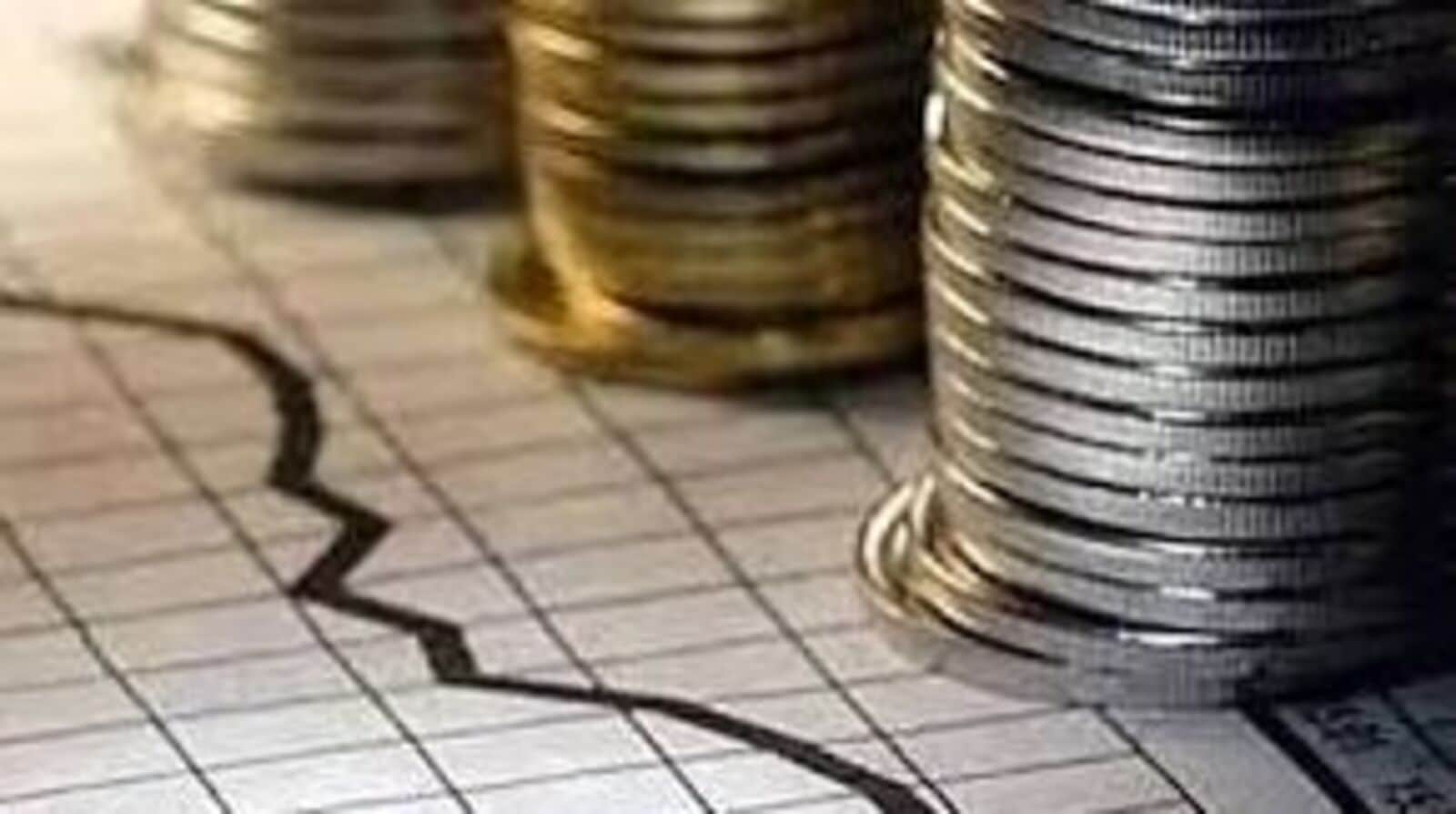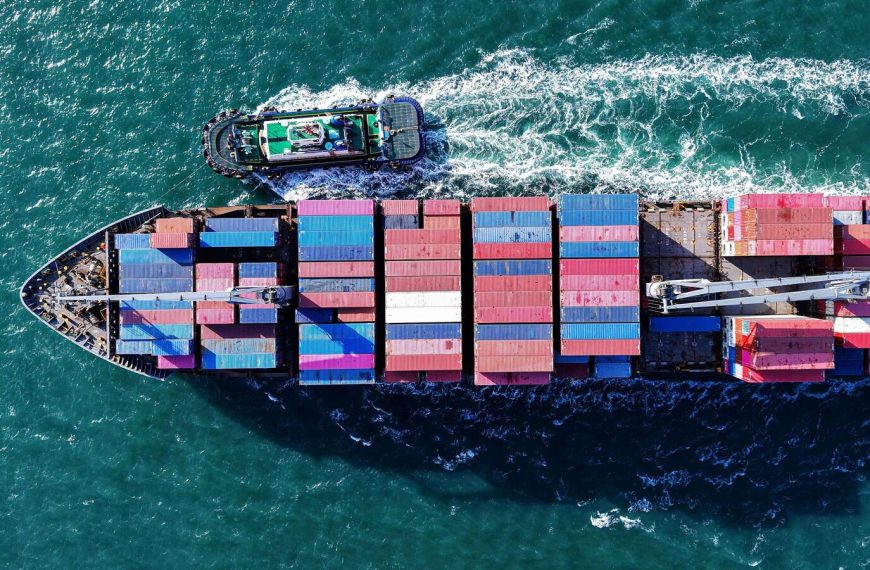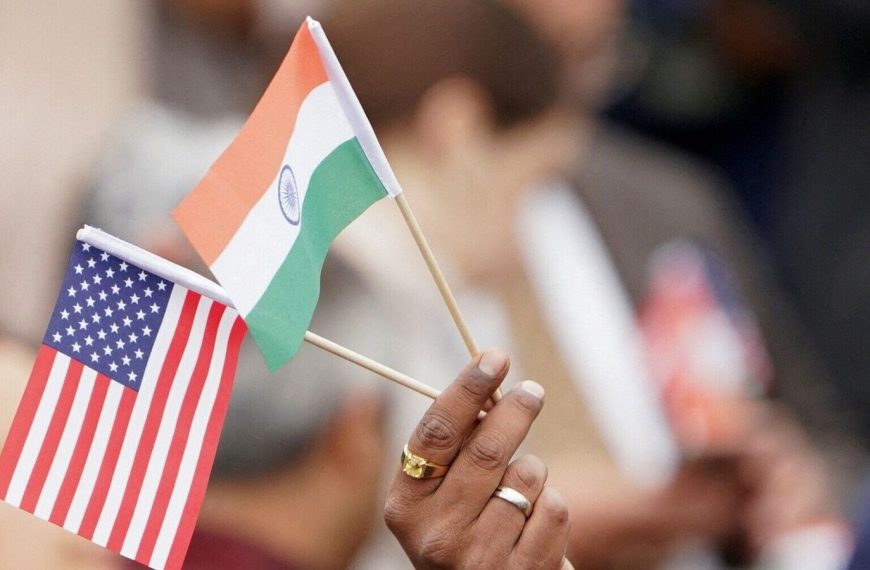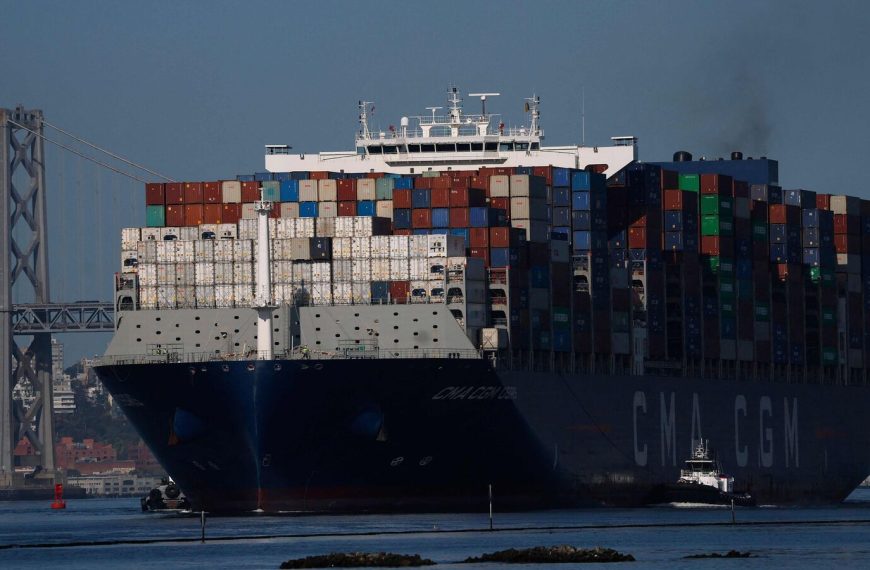India’s foreign exchange reserves have experienced a significant boost, increasing by $4.529 billion to reach a total of $658.800 billion during the week ending on March 21. This marks the third consecutive week of growth, as reported by the Reserve Bank of India (RBI). The recent uptick follows a notable surge witnessed earlier this month, which represented the highest gain in over three years, following a prolonged decline that saw reserves hit an 11-month low.
Recent Trends in Forex Reserves
The fluctuations in India’s foreign exchange reserves have been quite dramatic. After reaching an all-time high of $704.89 billion in September, reserves began to decline, reflecting a decrease of about 6.5% from their peak. The RBI’s intervention was a crucial factor in this scenario, aimed at curbing the sharp depreciation of the Indian Rupee, which is nearing its historical low against the US dollar.
- Current Forex Assets: According to the latest data from the RBI, India’s foreign currency assets (FCA)—the largest segment of the forex reserves—total $558.856 billion.
- Gold Reserves: The country’s gold reserves are valued at $77.275 billion.
Adequate Coverage for Imports
India’s foreign exchange reserves are currently robust enough to cover approximately 10 to 11 months of anticipated imports, providing a cushion against external economic pressures. In stark contrast to 2022, when reserves saw a cumulative drop of $71 billion, 2023 has been a positive year, adding around $58 billion to the reserves. Additionally, in 2024, reserves have already increased by over $20 billion.
Understanding Foreign Exchange Reserves
Foreign exchange reserves, commonly referred to as FX reserves, are essential assets held by a country’s central bank or monetary authority, primarily in major currencies like the US dollar, with smaller amounts in the Euro, Japanese Yen, and Pound Sterling. The RBI plays a crucial role in managing these reserves by adjusting liquidity. The central bank strategically sells dollars to stabilize the Rupee when it weakens and buys dollars when the Rupee is strong.
By understanding these dynamics, it becomes clear that India’s foreign exchange reserves are not just numbers; they are vital indicators of economic health and stability.











